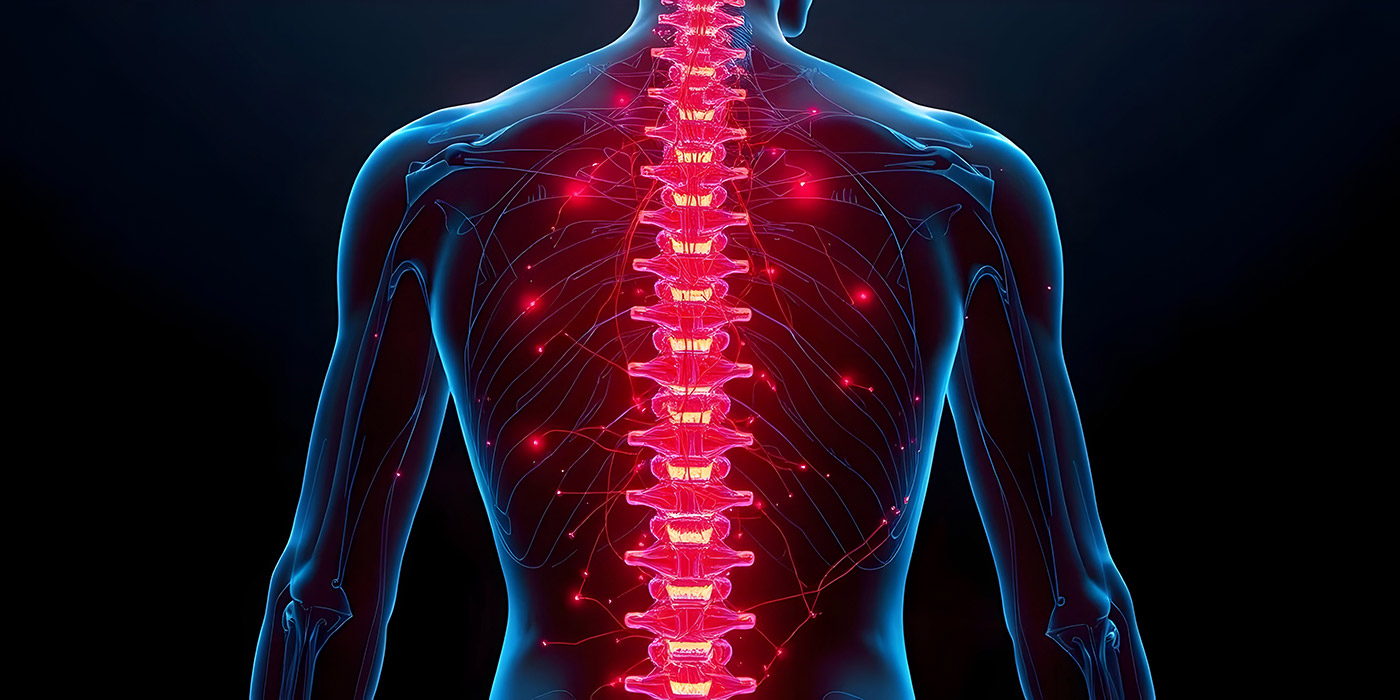In a groundbreaking development in spinal cord injury research, scientists in Australia have successfully restored motor function in rats using a next-generation implantable device that delivers targeted electrical stimulation to damaged nerves.
The research, conducted at Waipapa Taumata Rau, University of Auckland, marks a significant stride toward potential treatments for paralysis not only in humans, but also in animals suffering from similar injuries.
The innovative implant—a paper-thin device placed directly over the injured area of the spinal cord—works by delivering precise electrical currents to promote nerve regeneration. In a 12-week trial, rats receiving this stimulation regained substantially more mobility and sensitivity to touch than those undergoing natural recovery without the implant.
“This tiny device offers a new way to stimulate healing in nerve tissue that typically doesn’t recover on its own,” said Dr. Bruce Harland, senior research fellow at the University’s School of Pharmacy. “The spinal cord has limited ability to regenerate, which is why injuries to it can be so devastating. Our implant changes that equation.”
Importantly, the therapy showed no signs of triggering inflammation or additional trauma—a crucial indicator of its safety. “Avoiding further damage while encouraging healing is the balance we must strike,” Dr. Harland emphasized.
Professor Darren Svirskis, who heads the CatWalk Cure Programme at the university, noted that the choice of rats as test subjects allowed the team to isolate and measure the benefits of the implant more clearly. “Rats have some capacity for spontaneous recovery, which makes them ideal for testing interventions like ours,” he said.
The team collaborated with international partners, including Professor Maria Asplund from Sweden’s Chalmers University of Technology, to further the research. The next phase involves fine-tuning the therapy—adjusting the frequency, intensity, and timing of the electrical pulses to determine the optimal approach for repairing spinal injuries.
“Our long-term vision is to apply this therapy to human patients and even veterinary use,” said Professor Asplund. “What we’ve learned so far is extremely promising.”
This study opens a new frontier in regenerative medicine, offering a hopeful glimpse at how future technology could help restore function to those living with spinal cord injuries.
